VINTAGES QUALITY EVALUATION
of the Montefalco Sagrantino DOCG vintages
VINTAGES QUALITY EVALUATION
of the Montefalco Sagrantino DOCG vintages
The evaluation is expressed by number of stars and corresponds to the following classification:
LEGENDA
The evaluation is expressed by number of stars and corresponds to the following classification:
LEGENDA
outstanding vintage
excellent vintage
good vintage
fair vintage
insufficient vintage
2020
Score: 96/100
2008
1996
1984
2019
Score: 95/100
2007
1995
1983
2018
Score: 92/100
2006
1994
1982
2017
Score: 88/100
2005
1993
1981
2016
2004
1992
1980
2015
2003
1991
1979
2014
2002
1990
1978
2013
2001
1989
1977
2012
2000
1988
1976
2011
1999
1987
1975
2010
1998
1986
2009
1997
1985
2020
Score: 96/100
2008
1996
1984
2019
Score: 95/100
2007
1995
1983
2018
Score: 92/100
2006
1994
1982
2017
Score: 88/100
2005
1993
1981
2016
2004
1992
1980
2015
2003
1991
1979
2014
2002
1990
1978
2013
2001
1989
1977
2012
2000
1988
1976
2011
1999
1987
1975
2010
1998
1986
2009
1997
1985
2020
Score: 96/100
2019
Score: 95/100
2018
Score: 92/100
2017
Score: 88/100
2016
2015
2014
2013
2012
2011
2010
2009
2008
2007
2006
2005
2004
2003
2002
2001
2000
1999
1998
1997
1996
1995
1994
1993
1992
1991
1990
1989
1988
1987
1986
1985
1984
1983
1982
1981
1980
1979
1978
1977
1976
1975
AUTHOR LABEL
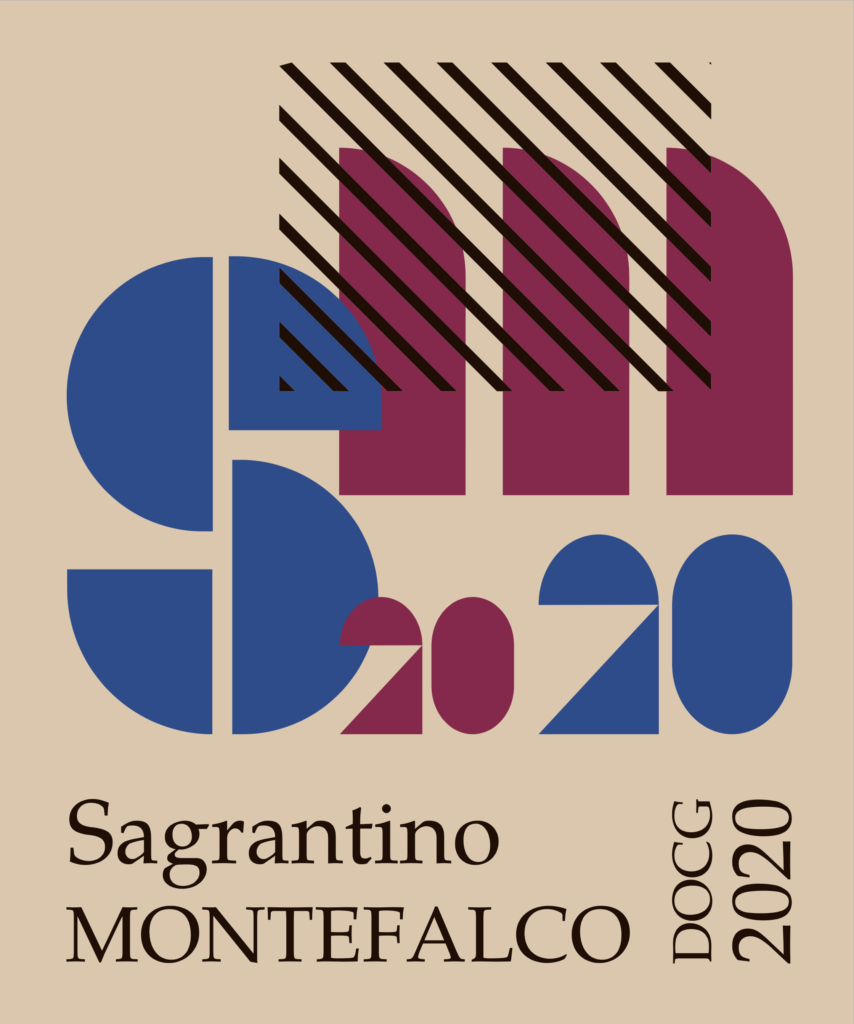
Author Label - 2020
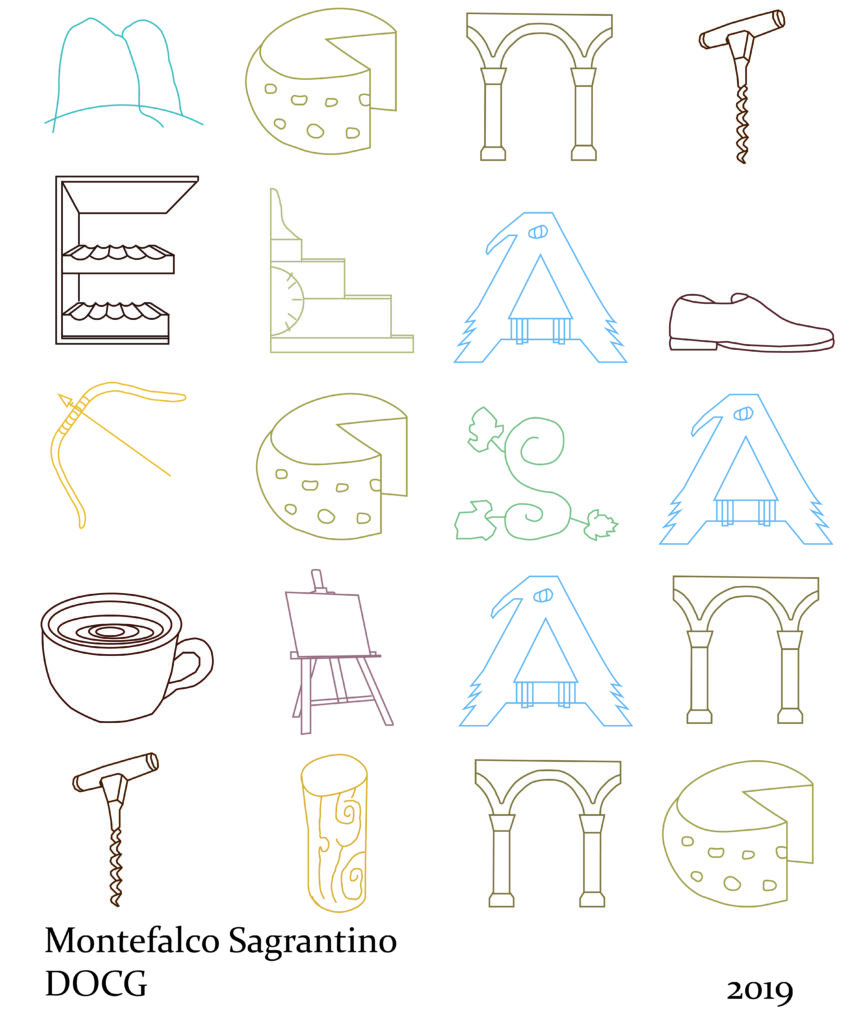
Author Label - 2019
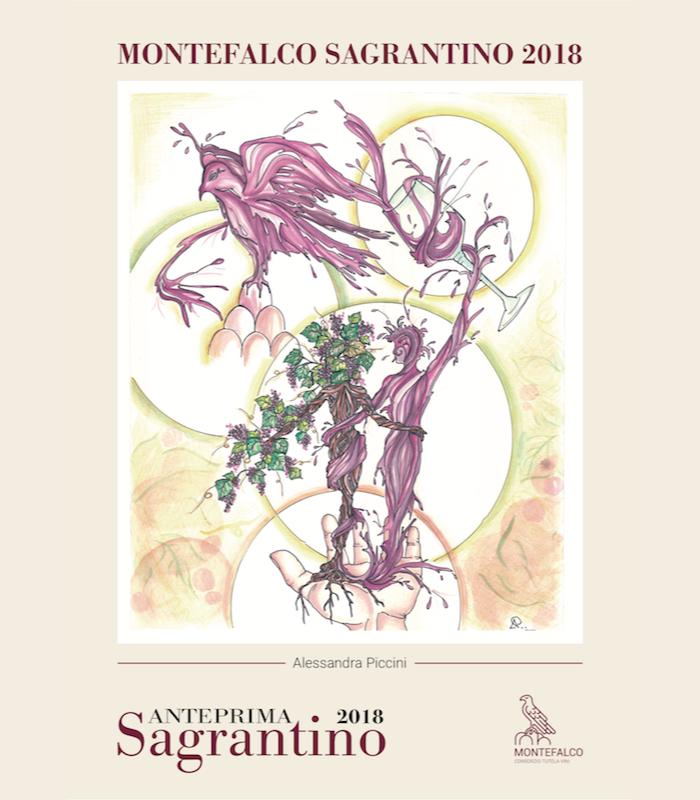
Author Label - 2018
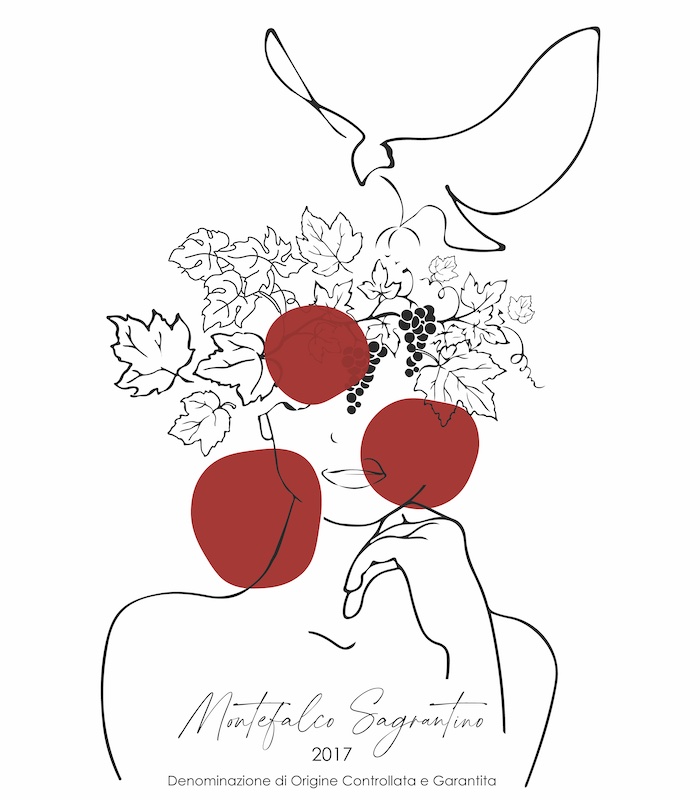
Author Label - 2017
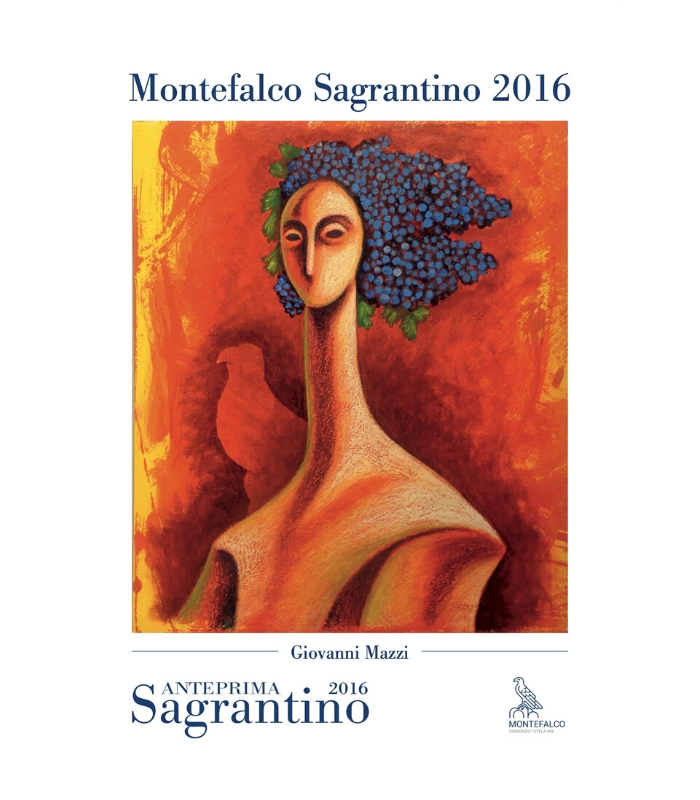
Author Label - 2016
2020
2019
2018
2017
2016
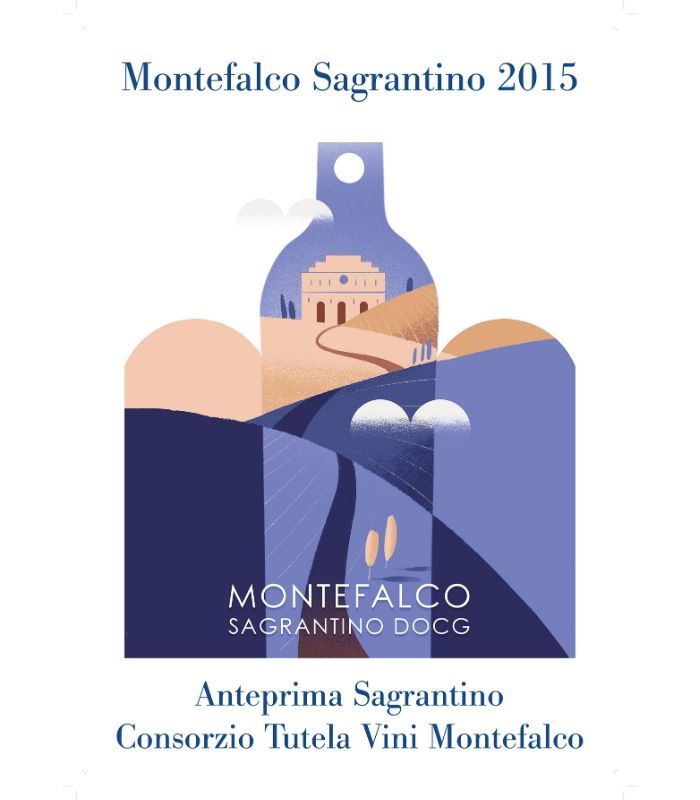
Author Label - 2015
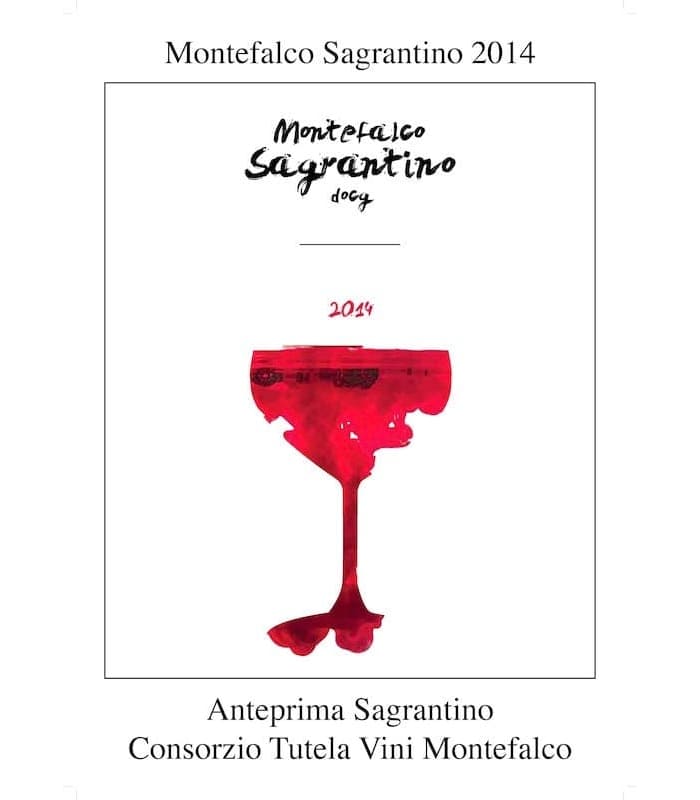
Author Label - 2014
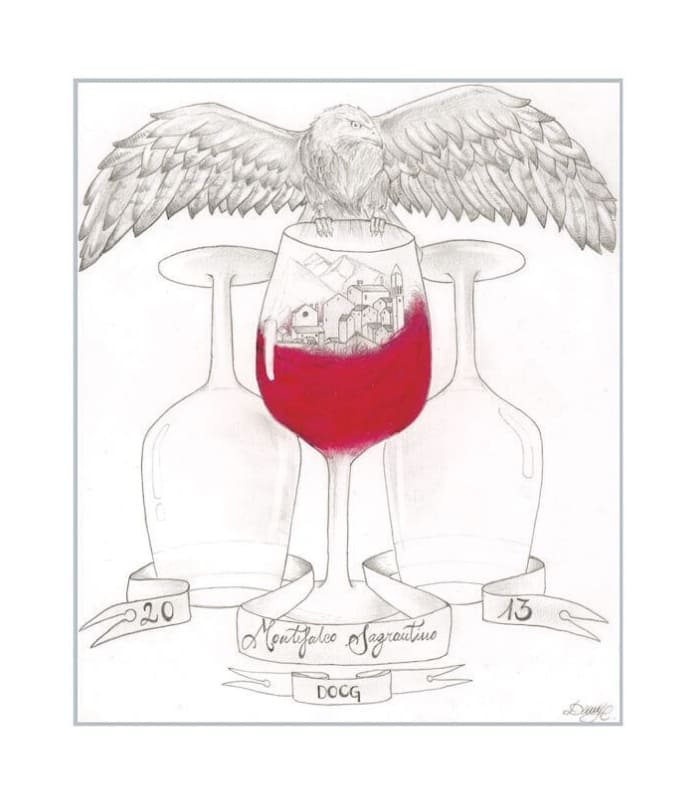
Author Label - 2013
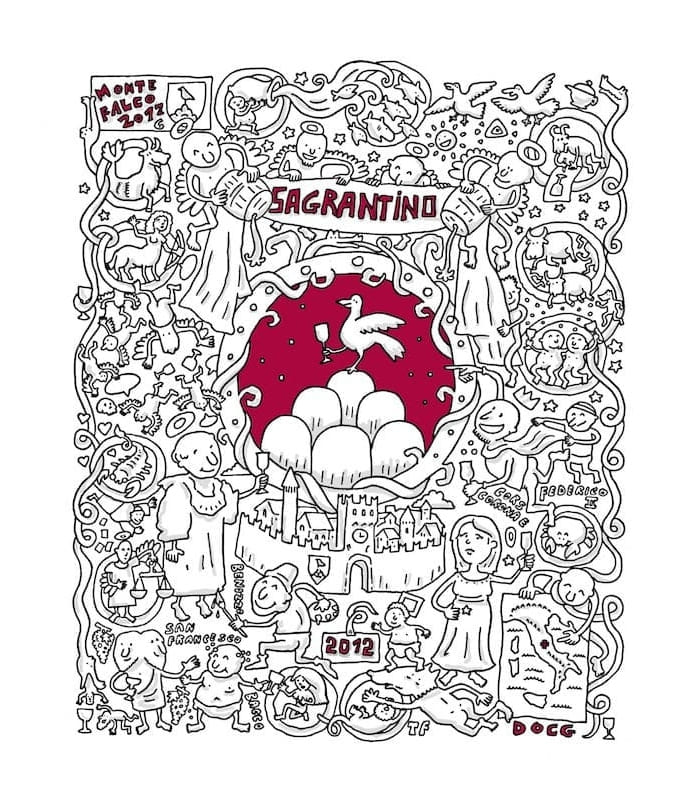
Author Label - 2012
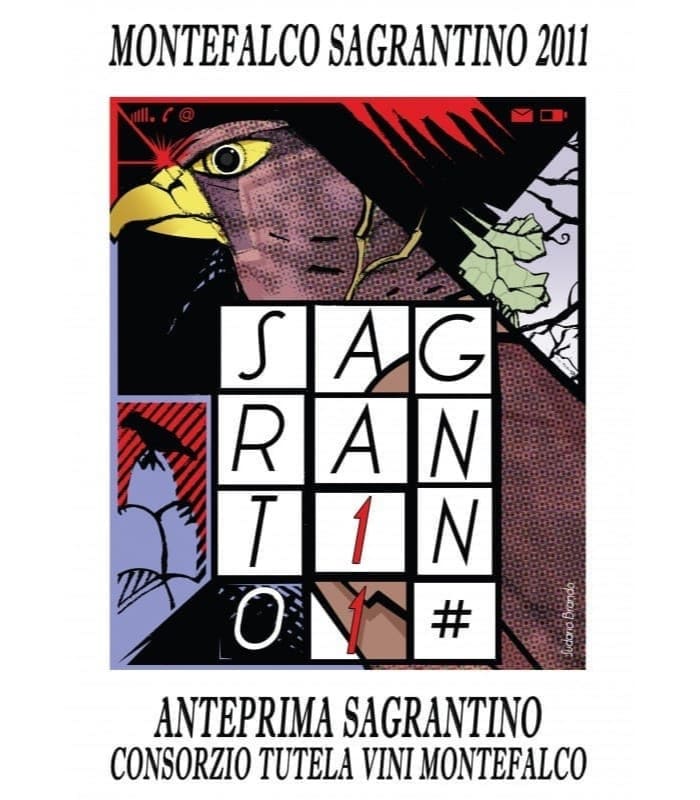
Author Label - 2011
2015
2014
2013
2012
2011
AUTHOR LABEL
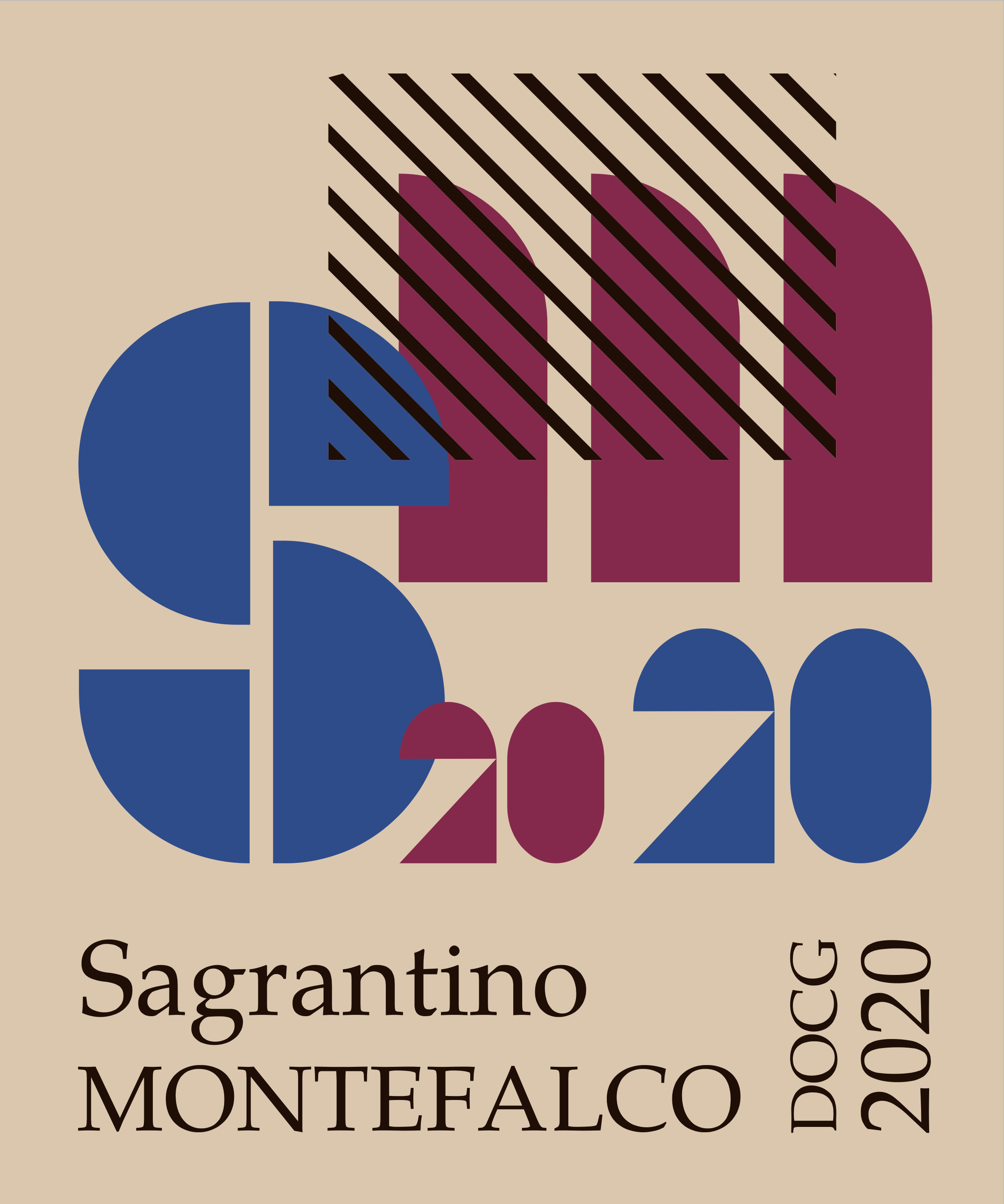
Author Label - 2020
2020
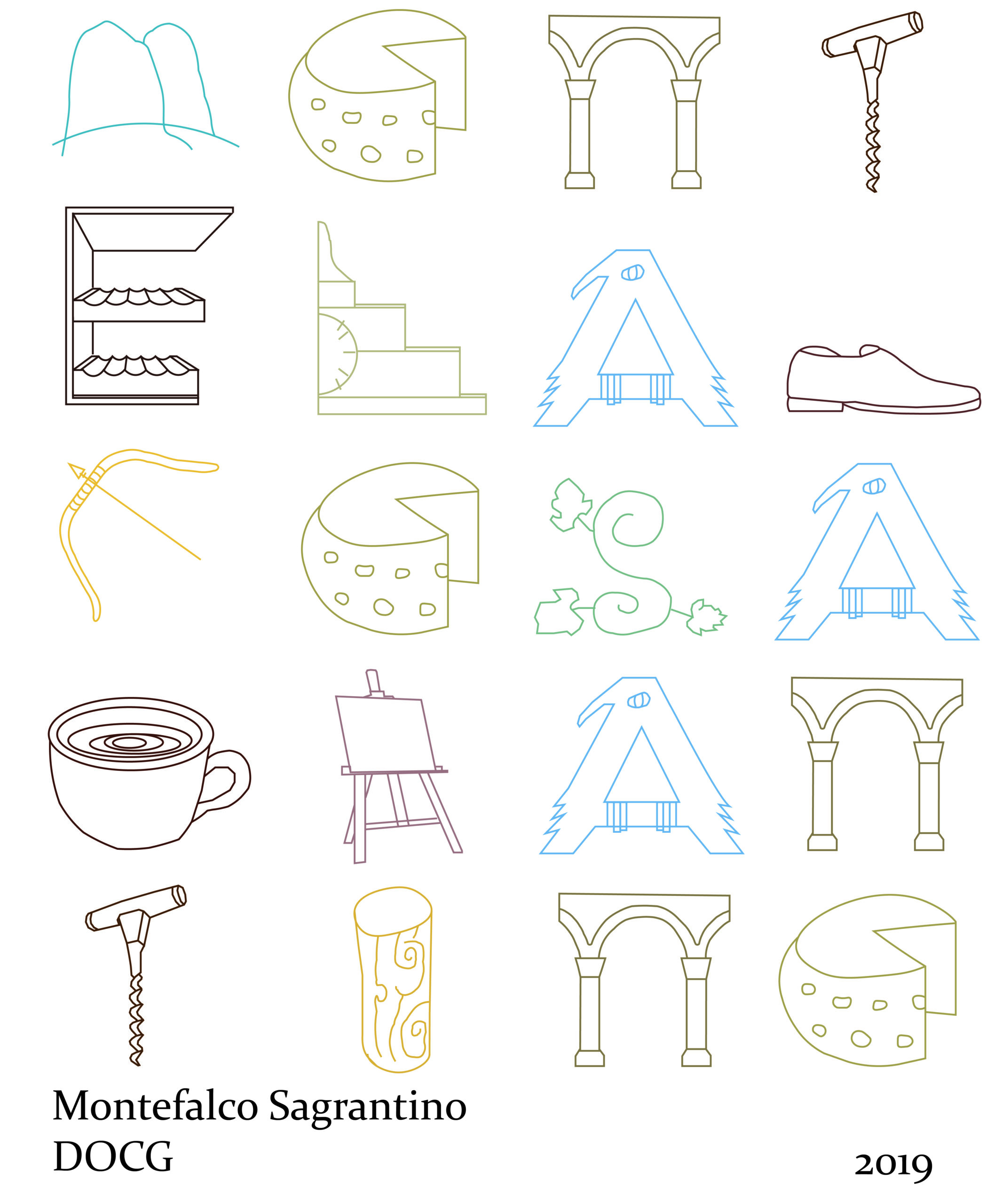
Author Label - 2019
2019

Author Label - 2018
2018

Author Label - 2017
2017

Author Label - 2016
2016

Author Label - 2015
2015

Author Label - 2014
2014

Author Label - 2013
2013

Author Label - 2012
2012

Author Label - 2011
2011
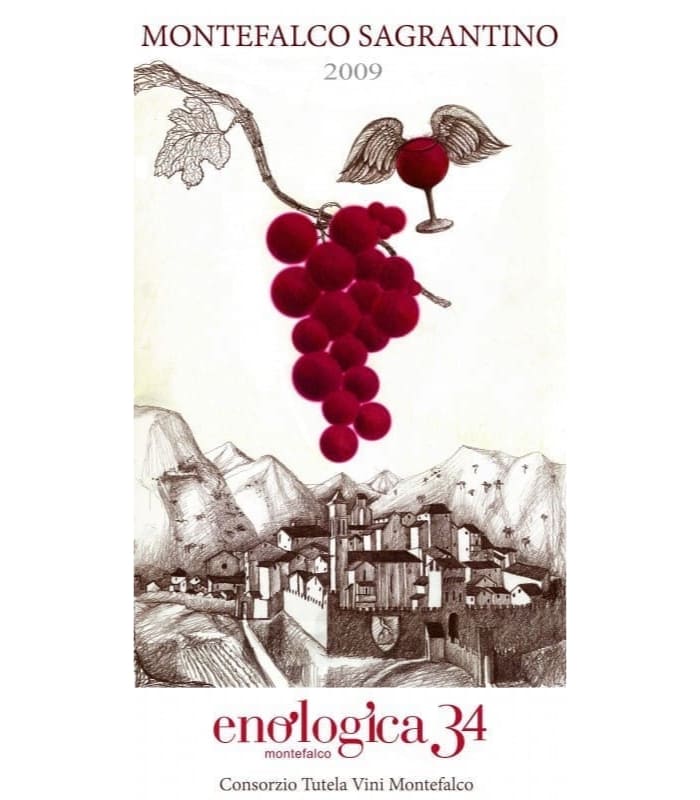
Author Label - 2009
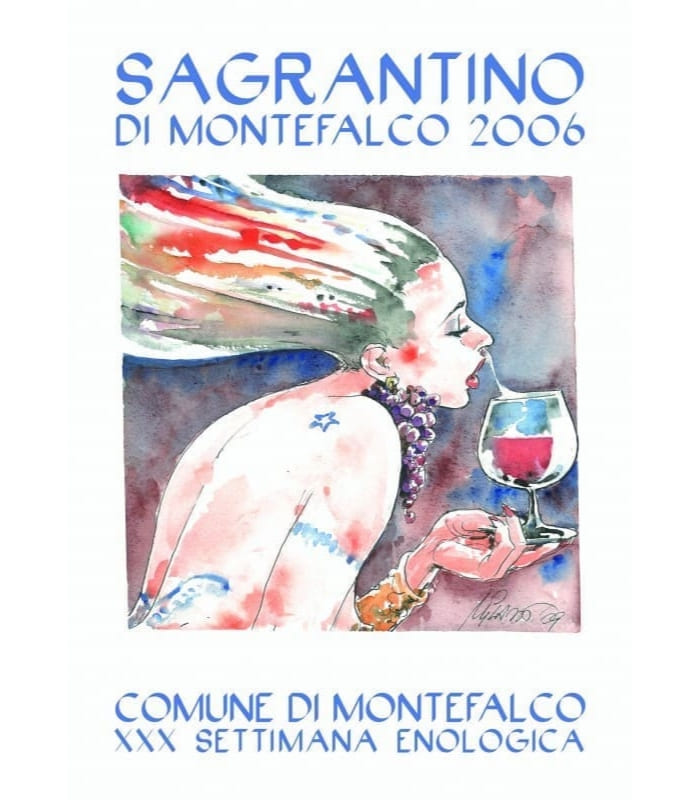
Author Label - 2006
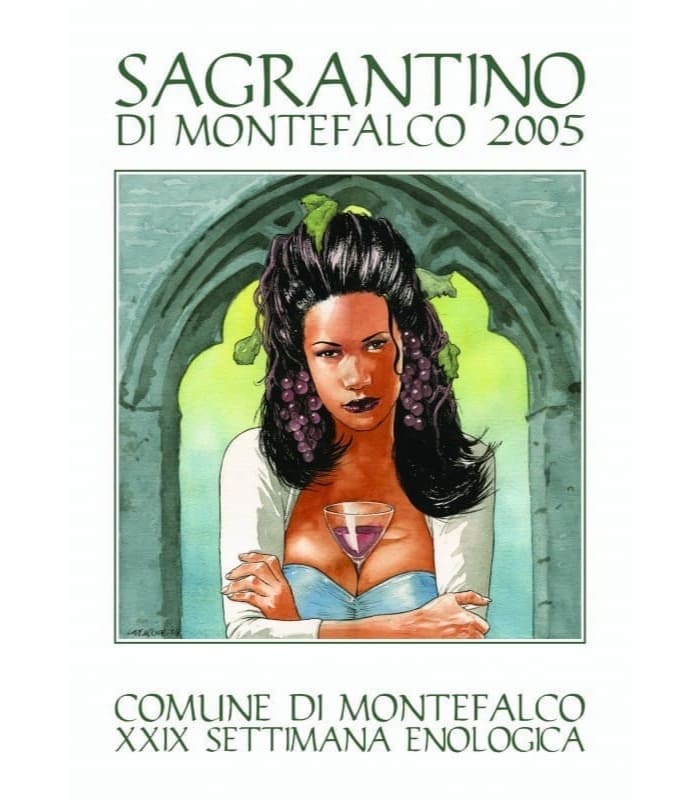
Author Label - 2005
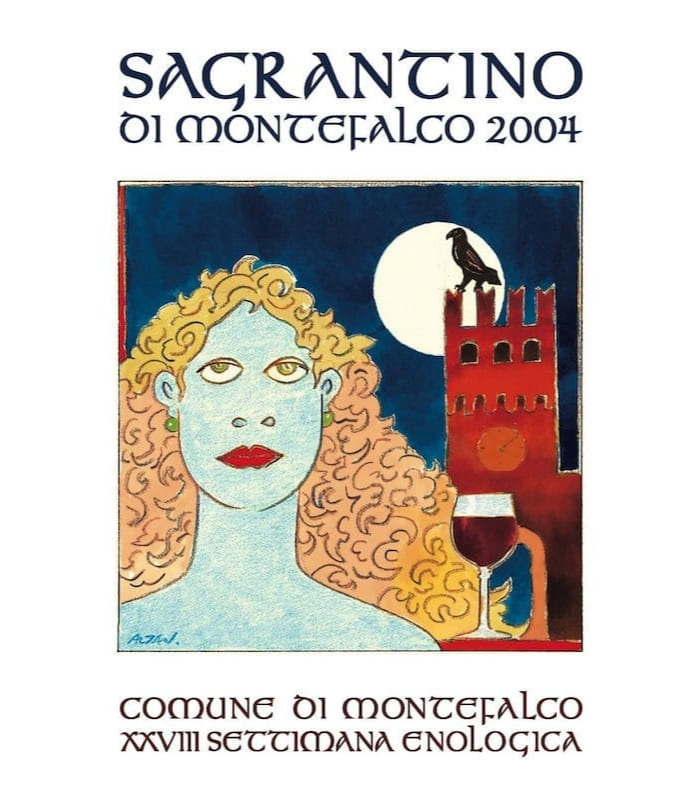
Author Label - 2004
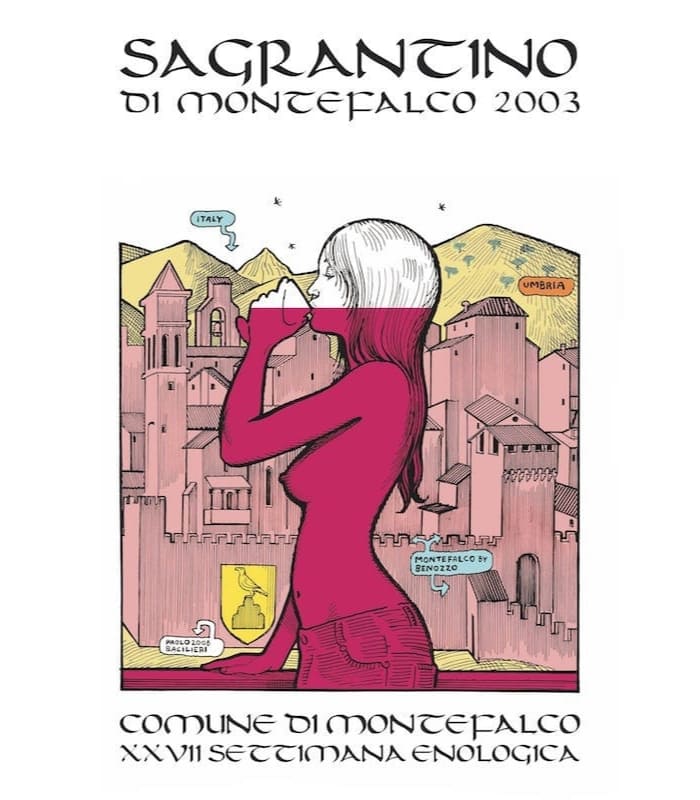
Author Label - 2003

Author Label - 2009
2009

Author Label - 2006
2006

Author Label - 2005
2005

Author Label - 2004
2004

Author Label - 2003
2003
2009
2006
2005
2004
2003
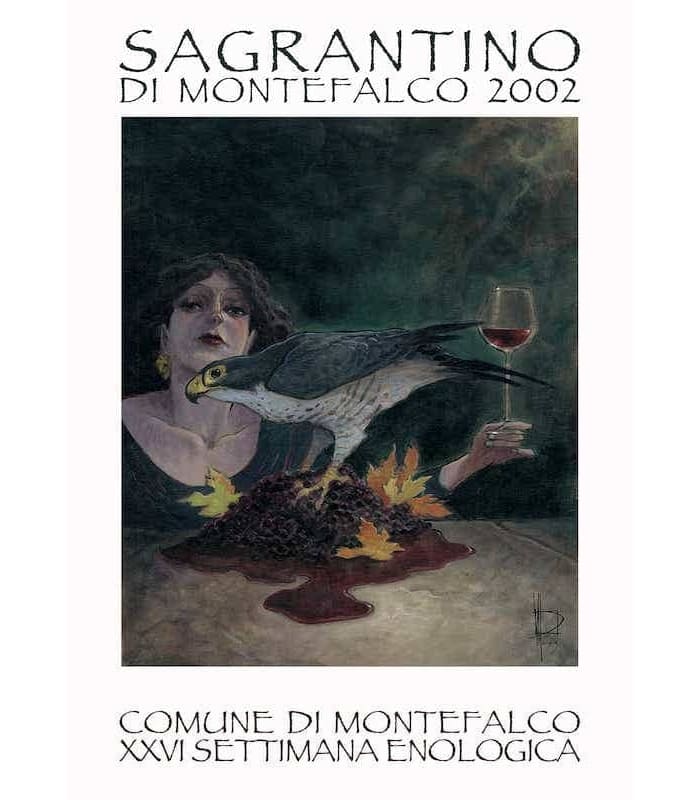
Author Label - 2002
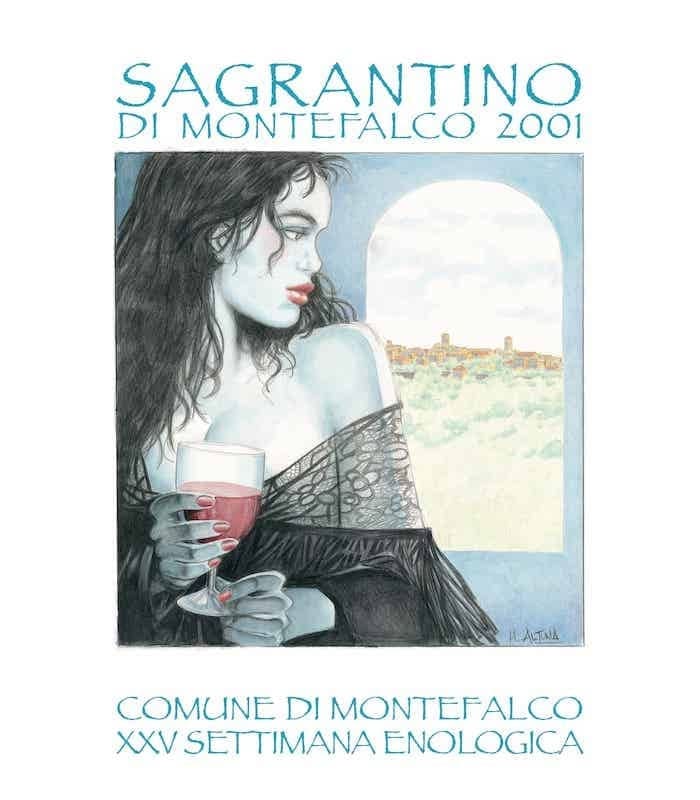
Author Label - 2001
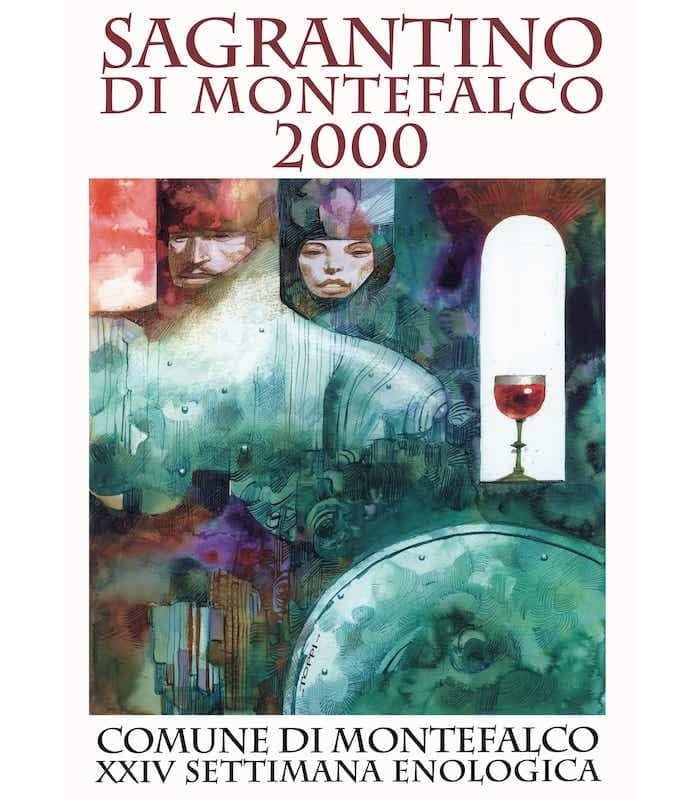
Author Label - 2000
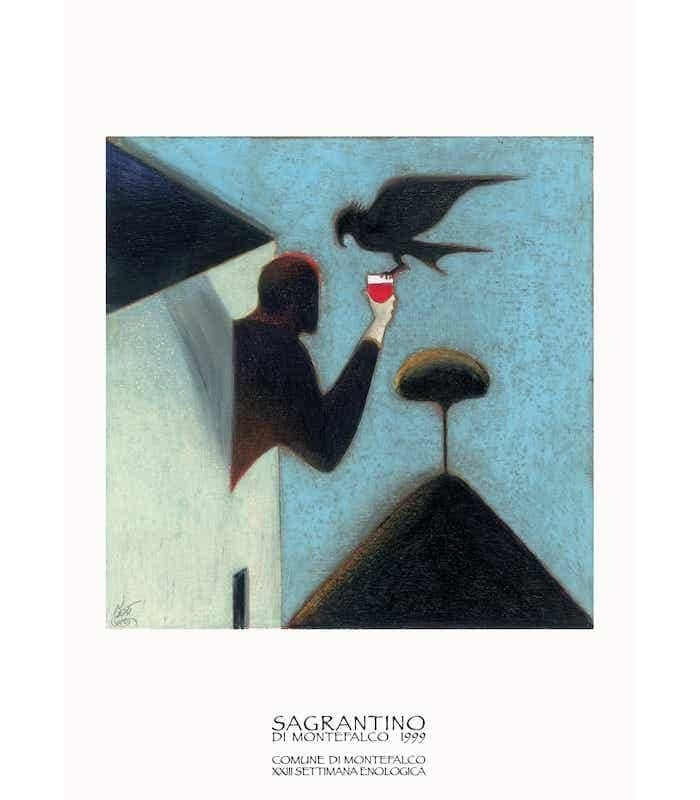
Author Label - 1999
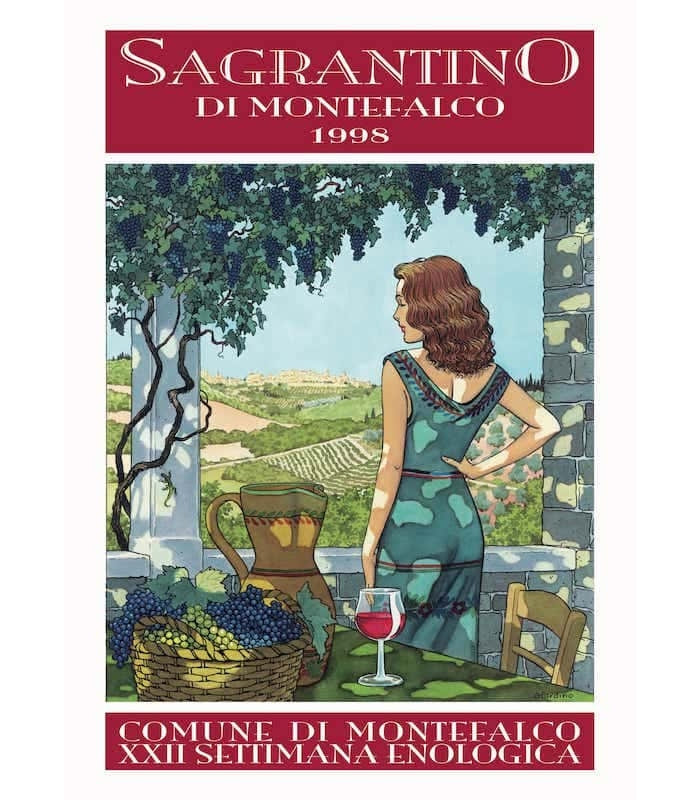
Author Label - 1998

Author Label - 2002
2002

Author Label - 2001
2001

Author Label - 2000
2000

Author Label - 1999
1999

Author Label - 1998
1998
2002
2001
2000
1999
1998
MORE INFORMATION ABOUT THE VINTAGES
MORE INFORMATION ABOUT THE VINTAGES
2020 Vintage
VINEYARD: The 2020 vintage was characterised by a fairly mild and dry winter, followed by an early spring of above-average temperatures. After that however, was a sudden cold snap of particularly low temperatures, with snow in some areas and even frost and hail. There was persistent, heavy rainfall in May and June – delivering an excellent water supply to the vines that helped them withstand the extreme summer heat well. Summer temperatures were significant, particularly those of July. The end of August however, saw a sudden change with a relative fall in average temperatures and the start of a generally cool and humid period. In conclusion, the harvest was fairly late with the dry climate of the end of September gifting one of healthy, perfectly ripe and well-balanced grapes.
WINE CELLAR: The regular year, characterised by a gradual and balanced harvest, particularly for later varieties such as Sagrantino and Trebbiano Spoletino, allowed us to bring the highest quality grapes into the cellar. As well as being high-quality, the quantity was also notable, except from those areas which saw spring frosts and hailstorms. Overall, the wines of the 2020 vintage are alluring: perfected at the level of the pulp and maturity of the fruit, as well as being vibrant and dynamic. Even the perfectly mature tannins appear impeccable, flavourful and of great elegance. A perfect vintage that can draw your attention now but with a push to long-term aging.
2019 Vintage
VINEYARD: The 2019 vintage had a slow start due to a fairly dry but prolonged winter, at least until mid-March. Nonetheless, the vegetative regrowth was generally normal: the deluge of rain throughout April and May, coupled with rather cold temperatures for the season, resulting in considerable water accumulation in the ground that compensated for the low levels of winter rainfall. The last week of June and the first week of July were recorded as the hottest, followed by dry days until August without spikes of heat. The end of August and start of September were marked by sporadic storms capable of rebalancing the grapes' ripening. The second half of September was dry, producing an excellent harvest (starting slightly late for Sagrantino and Trebbiano Spoletino), and lasting until the end of October.
WINE CELLAR: The excellent vintage, combined with plenty of water, a prolonged period of vegetative growth and gradual maturing of the grapes, was the perfect combination from every aspect for perfect grapes of the highest quality to enter the cellar. Late varieties, such as Sagrantino and Trebbiano Spoletino in particular, benefited from the early September rains and the dry period around the harvest - all decisive factors in the creation of highly-balanced and fine wines that are also well-structured, fresh and vivacious. The overall character of the wines is elegant, complex and nuanced. With excellent acidity and the hard parts perfectly realised, we can only but imagine a bright future for these wines with great aging potential.
2018 Vintage
VINEYARD: The 2018 vintage was crisper and without the caloric peaks of the previous vintage, despite a mild January with little rain. It then became a little colder until mid-March when the temperatures increased abruptly resulting in a slightly earlier germination of Sagrantino. April and May were relatively wet months, guaranteeing crucial reserves of water, with slightly lower average temperatures for the time of year. June to mid-August saw sporadic rainfall without any extreme heat. Temperatures dropped at the end of the summer, favouring a consistent maturing of the grapes, aided by a dry and breezy period that continued until mid-October.
WINE CELLAR: Essentially a classic vintage, despite the climatic curve we’re experiencing, ensuring balanced vegetative developmsent and resulting in a consistent harvest that was satisfying and of high quality. The cool, late summer temperatures, combined with occasional rain and good breezes, resulted in the harvesting of mature grapes with good levels of acidity. This has produced very balanced wines, without aromatic, alcoholic or phenolic excesses. Sagrantinos are classic by nature; in the character that cuts through the variety, demonstrating an intensity and vitality, depth, excellent tannic finesse and propensity for aging.
2017 Vintage
VINEYARD: As with other vintages, April saw a late frost immediately following germination which resulted in a loss of production. Spring then progressed with some rain. Summer was dry and scorching, with some rain reappearing before harvest time, giving vines the chance to ripen gradually, even if earlier than the average. A complex and difficult vintage given the meteorological conditions, with a substantial drop in quantity (-40% on 2016). Undoubtedly one of the hottest and driest of recent years, keeping producers particularly busy, especially in regards to managing the vines.
WINE CELLAR: The harvest, counterbalanced with some rain in the run up to picking the grapes, led to healthy grapes with no notable health problems, of excellent alcohol content, good polyphenolic maturation and slightly lower acidity than the norm. In general, the wines pleasantly surprised, exhibiting excellent complex balance, cut with an intensity and heat. Worthy wines, best left to develop in the bottle but excellent for drinking immediately; ideal for the table and wine-pairing with food.
2016 Vintage
VINEYARD: a rather mild winter, characterized by abundant rains that have replenished the water reserves, which have been reduced to a minimum since the 2015 vintage. Spring and summer saw a succession of hot days with well-distributed rains that allowed the grapes to ripen in an excellent way, without any hint of water stress. Unlike previous seasons, the trend in average daily temperatures and monthly rainfall has proved to be in line with the historical series of the area, favouring a harmonious vegetative development that has guaranteed good levels of production.
WINE CELLAR: a vintage with splendid potential. The wines are rich in colouring material, excellent structure, and a very interesting acid component. All prerequisites for elegant, silky wines destined for long ageing. The 2016 is the classic vintage of great wines, perhaps less "ready" for release, but certainly to come.
2015 Vintage
VINEYARD: rainy winter, sunny and windy spring. Dry, warm and sunny summer. The low humidity has made the diseases control easy, facilitating both manual and antiparasitic interventions in the vineyards which, anyway, have been much less than in previous years. The overall weather conditions have been ideal, the sufficient rains between September and October have allowed for balanced grapes in terms of acidity especially during the last phase of maturation and harvest, without causing particular problems from the health point of view.
WINE CELLAR: A very interesting quality level with perfectly ripe and healthy grapes and an average production in terms of quantity. Grapes with excellent sugars concentrations and good phenolic profile will allow for wines of great structure and complexity. The premises are those of an excellent vintage.
2014 Vintage
VINEYARD: L’andamento piovoso e le temperature inferiori alla media durante la stagione estiva hanno reso molto difficile l’attività di protezione della vite dalle principali avversità. Mentre, grazie all’andamento meteorologico favorevole alla maturazione, avuto nel periodo successivo e poi continuato durante il periodo di vendemmia, si è riuscito a garantire il raggiungimento di una buona qualità dell’uva alla raccolta pur con un minor grado zuccherino. Nel complesso, annata “tecnicamente” molto impegnativa dal punto di vista della gestione agronomica dei vigneti a causa dell’andamento meteorologico. Tuttavia dove la gestione agronomica dei vigneti è stata oculata, la quantità e la qualità delle uve alla raccolta è stata molto soddisfacente, soprattutto per il Sagrantino grazie alla maturazione più tardiva. Nel complesso è stata un’annata favorevole alle uve bianche e ai vitigni tardivi come il Sagrantino.
WINE CELLAR: The grapes that have reached maturity are on average healthy, with a thinner skin compared to the varietal standard; the average weight of the grape is higher, with a good sugar concentration and an acidity balanced by an average pH in the norm. Alcoholic fermentation took place regularly with an average final alcoholic content. Polyphenolic content below the previous years but always typical of Sagrantino. Balanced and pleasant.
2013 Vintage
VINEYARD: The winter season was characterised by heavy rainfall and average temperatures, below average especially during spring, that slowed down the vegetative growth with a flowering and fruit setting phases delay of about 7-10 days. After late June, summer continued as expected, with the typical temperatures of the period. From a climatic point of view, the harvest period alternated between dry periods and some rainstorms, anyhow within standard, that allowed a good harvest. Anyhow, the ripening was good even if late. The year 2013 was characterised by a reduced production due to the hardships of the spring period.
WINE CELLAR: rather regular fermentation without critical points. Gradations within standard, without alcohol excesses because it tends to be a cool year. Altogether, it is a year with low production but of excellent quality for those who were able to manage the vineyards and understood the vintage characteristics. Interesting wines, good colours, with a slightly higher pH, soft tannins.
2012 Vintage
VINEYARD: annata caratterizzata dalla scarsa disponibilità d’acqua nel corso dell’anno. Inverno piuttosto asciutto e freddo, primavera poco piovosa e mite ma con alcune gelate tra aprile e maggio. Gran parte dell’estate si è protratta con temperature elevate e assenza di precipitazioni, accompagnate da vento caldo a fine agosto. Da Settembre, fino a metà ottobre, temperature fresche, buona escursione tra giorno e notte con presenza di alcune piogge ben localizzate, che hanno consentito alle piante di portare avanti la maturazione in modo ottimale. Annata con produzione sotto la media ma caratterizzata da uve con ottimi livelli sanitari. Nonostante l’andamento caldo e siccitoso la raccolta è stata nella media del periodo, seconda decade di ottobre e, grazie alle caratteristiche del Sagrantino è stato possibile ottenere una maturazione tecnologica ottimale.
WINE CELLAR: fermentazioni regolari. Gradazioni elevate. Complessivamente un’ottima annata per i vitigni più tardivi come il Sagrantino. Le bucce molto sane e resistenti hanno dato la possibilità di effettuare macerazioni lunghe. Buon equilibrio dei vini e morbidezza dei tannini che ora danno vita a vini tendenzialmente pronti rispetto alla precedente annata.
2011 Vintage
VINEYARD: annata caratterizzata da una corretta piovosità primaverile. Il clima caldo e asciutto con temperature sopra la media durante l’estate fino a metà ottobre ha permesso una maturazione delle uve molto buona, corretta a livello polifenolico, leggermente anticipata. Buona la raccolta a livello quantitativo. Ottima qualità delle uve.
WINE CELLAR: Fermentazioni regolari prolungate nel tempo data l’elevata gradazione zuccherina. Annata complessivamente ottima ed equilibrata da cui si otterranno vini strutturati con un elevato potenziale di longevità.
2010 Vintage
VINEYARD: annata caratterizzata da un inverno particolarmente caldo e piovoso. Germogliamento e fasi fenologiche successive in notevole ritardo (10-15 giorni) rispetto alla norma. Estate fresca fino a metà agosto, successivamente, fino a metà ottobre, temperature più elevate che hanno consentito di recuperare gran parte del ritardo di maturazione.
WINE CELLAR: fermentazioni regolari. Gradazioni più basse della media delle ultime annate. Annata complessivamente buona, molto buona per le uve bianche e per i vigneti meglio esposti di Sangiovese e Sagrantino.
2009 Vintage
VINEYARD: annata caratterizzata da un andamento climatico piuttosto regolare ed equilibrato. Inverno a tratti caldo e piovoso e a tratti freddo e asciutto. Primavera nella norma. Inizio estate fresco e piovoso. Successivamente la stagione è stata calda e asciutta fino ad ottobre. Maturazione ottimale delle uve.
WINE CELLAR: fermentazioni regolari. Gradazioni alcoliche nella norma. Annata complessivamente molto buona
2008 Vintage
VINEYARD: annata caratterizzata da un inverno mite e asciutto e da una primavera particolarmente fresca e piovosa, che ha determinato un ritardo di alcuni giorni delle fasi fenoliche e un rallentamento della crescita vegetativa. Estate asciutta con temperature nella norma del periodo. Invaiatura in ritardo di circa due settimane. Fine settembre e inizio ottobre con venti di tramontana e quindi temperature fresche, bassa umidità e perfetto stato sanitario delle uve. Maturazione tardiva.
WINE CELLAR: fermentazioni regolari. Gradazioni alcoliche nella norma. Annata complessivamente ottima, in particolare per il Sagrantino.
2007 Vintage
VINEYARD: annata per certi versi simile al 2003, anch’essa estremamente calda, ma con i vini più equilibrati ed espressivi dal punto di vista aromatico.
WINE CELLAR: le elevate gradazioni zuccherine hanno allungato le durate delle fermentazioni, che si sono comunque concluse regolarmente. Vini di grande struttura e buone possibilità di affinamento in bottiglia.
2006 Vintage
VINEYARD: inverno freddo e asciutto. Germogliamento tardivo (3-5 giorni). Primavera mite e poco piovosa. Inizio di estate fresco e asciutto. Luglio e agosto con temperature inferiori alla media e piovosità elevata. Settembre e inizio ottobre asciutti e caldi. Dal punto di vista qualitativo, la maturazione del Sagrantino è stata molto buona nei versanti più caldi, meno in quelli freddi. Nel caso del Sangiovese questa differenziazione è risultata ancora più accentuata.
WINE CELLAR: Fermentazioni regolari. Vini molto fini ed eleganti. Molto ricchi e piacevoli dal punto di vista aromatico. Tannicità contenuta, volume e persistenza molto buoni. Struttura leggermente inferiore alle annate più calde. Annata particolarmente interessante e positiva per il Sagrantino.
2005 Vintage
During the second phase, maturation continued without excessive hydration stress, while low temperatures favored a good aromatic expression. The slight dilution due to the abundance of rainfall did not impair the high grape concentration due to the stress accumulated before the veraison period, making the final strength of the wines noteworthy.

